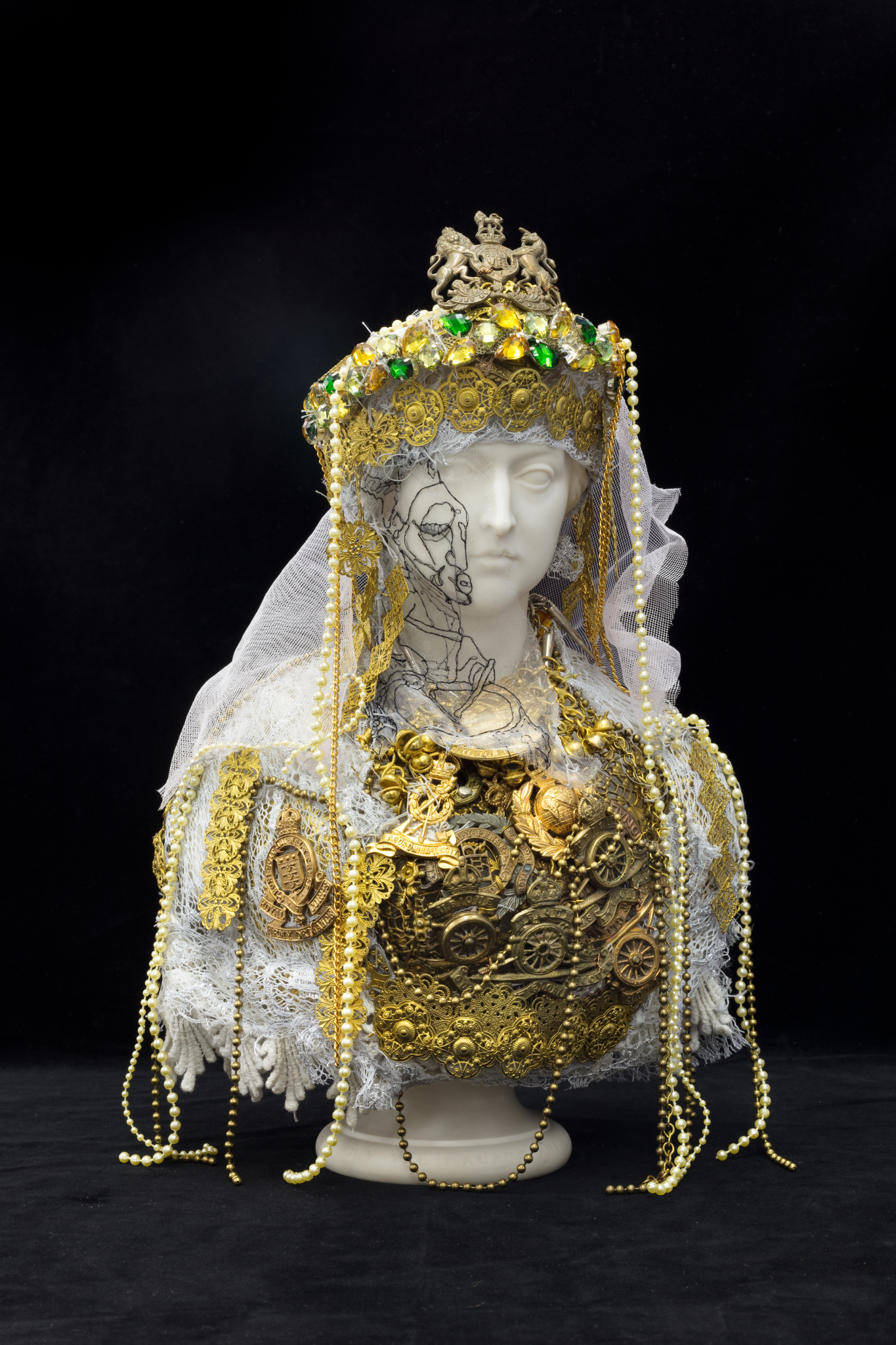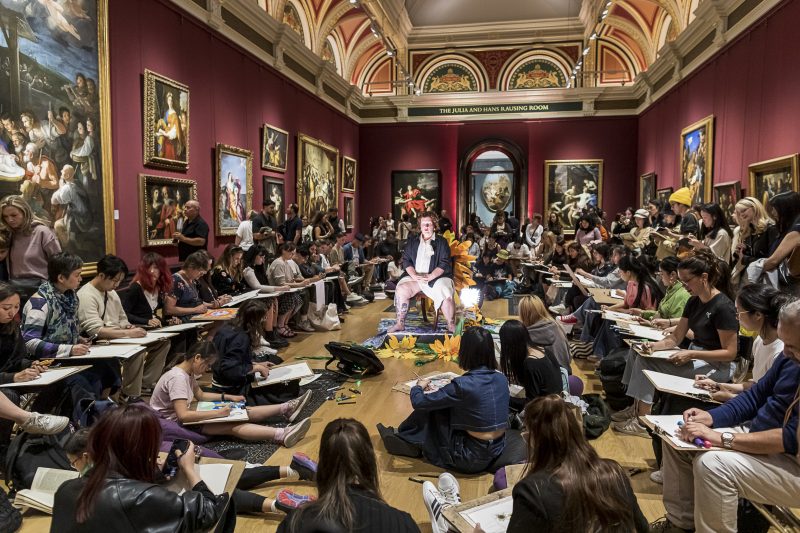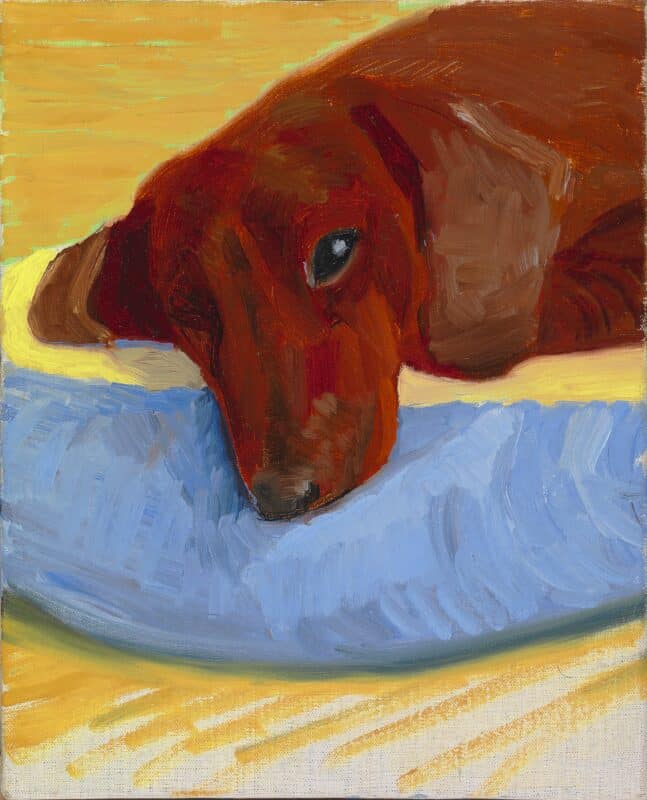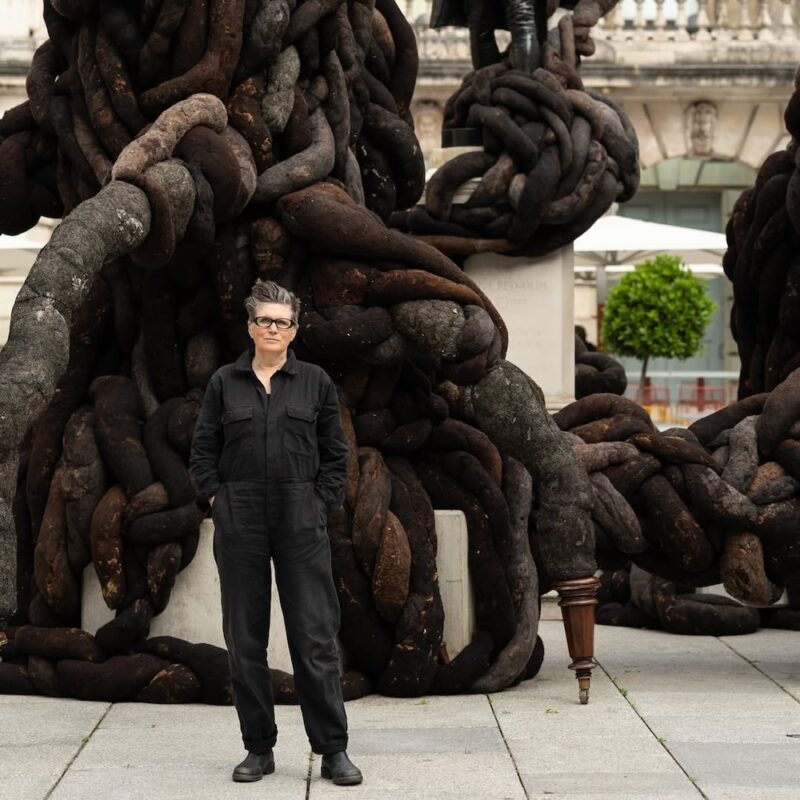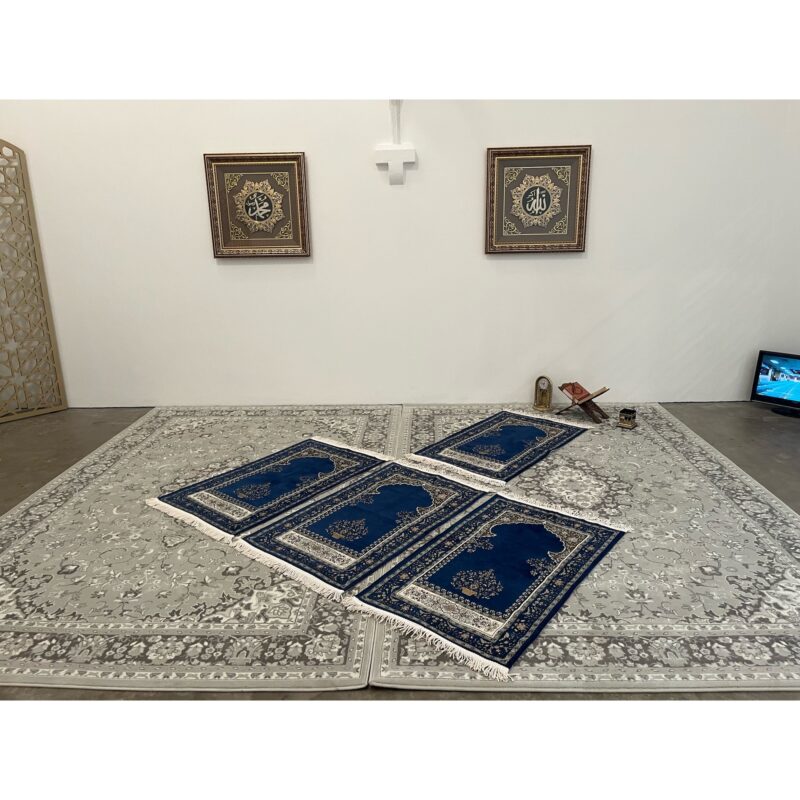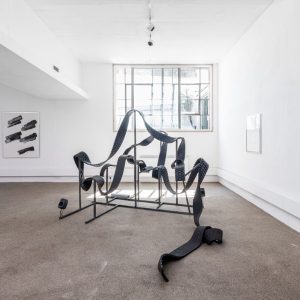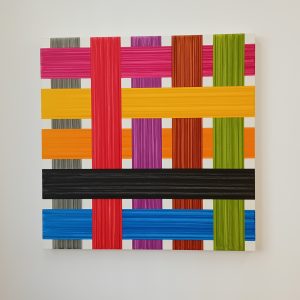IKON Gallery has presented its program for next year. An exciting mixture of Birmingham localities and international collaborations keeps our hopes up for exciting events to come.
The director of the gallery spoke about the achievements reached during the last year. He seemed particularly product of the Artist in Residence program (and we can’t blame him for that, considering the importance and singularity of this project). The Artist in Residence programme aims at building a public discourse about prisons, rehabilitation and criminality. Edmund Clark just terminated his residency at the HMP Grendon prison, which lasted four years. HMP it’s the only therepeutic prison in Europe and this made a strong impact on the artist’s research. At Ikon he exhibited several portrait of the prisoners, some images of the architecture (which, since Foucault, cannot be avoided as a central element of power).
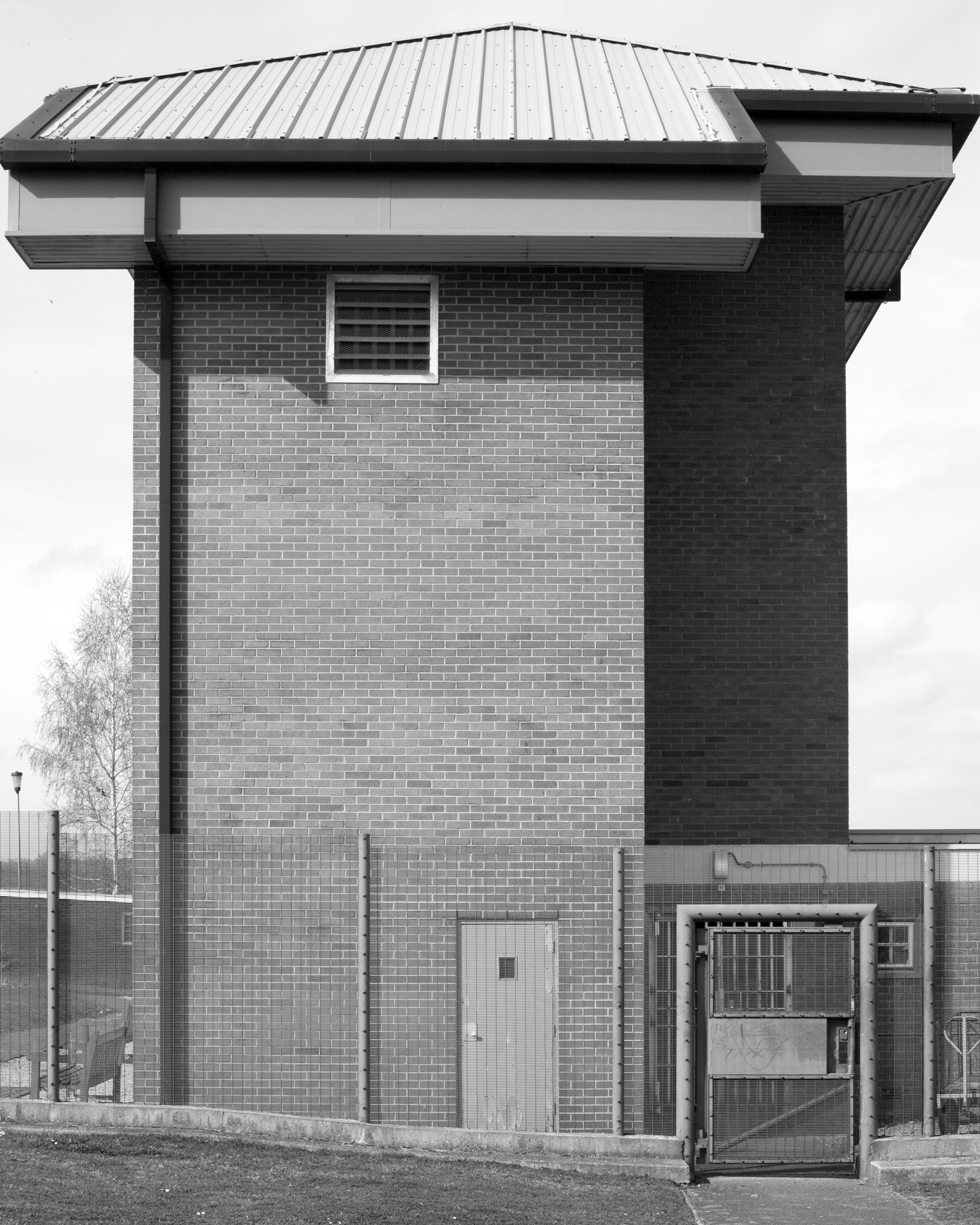 Edmund Clark, In Place of Hate (2017). Image courtesy of Edmund Clark, Ikon and Flowers Gallery
Edmund Clark, In Place of Hate (2017). Image courtesy of Edmund Clark, Ikon and Flowers Gallery
On a different level there where Rie Nakajima sound installations. The Japanese artist, based in London, created hybrid sculptural piece involving sound to create chance effects. Often based on a ready-made aesthetics, Nakajima often used objects picked off the street, a kind of 21th Century Arte Povera. The oral experience generated by this simple structures changes as you move around, engaging and surprising the viewer. Not so well know, not as much as Edmund Clark, at least, but an important figure for the gallery, that claimed to be willing to keep working with her.
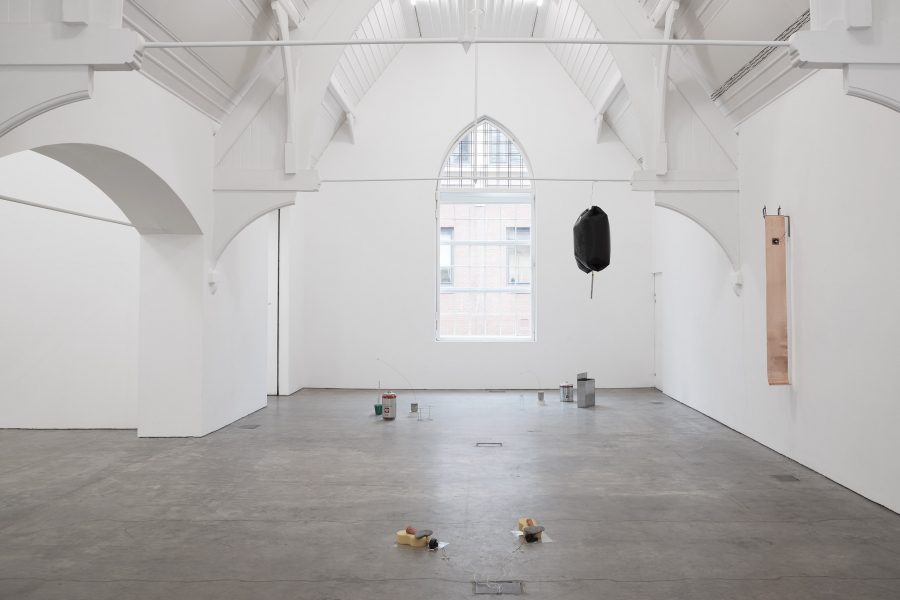 Rie Nakajima, Cyclic. Installation Ikon Gallery (2018). Photograph by Stuart Whipps
Rie Nakajima, Cyclic. Installation Ikon Gallery (2018). Photograph by Stuart Whipps
Osman Yousefzada has also collaborated with IKON. He’s an extraordinary designer, ofter featured in London and Paris fashion week shows. He dressed Beyonce and Celine Dion but he’s most interesting for his culturally and politically engaged fashion/art. The installations at Ikon featured imported garments made by low-wage workers for ‘fast fashion’ in the West. There was a fashion parade, as well; an Osman style demo, but it happened outside. Osman’s very aware of the process of making fast fashion, and he’s concerned with immigration and the unbalance between the poor and rich, frankly epitomised by the fashion industry. He had never made a fashion exhibition before. He decided to come up to the gallery and say ‘I wanna work with you’. So he created an exhibition about what it means to grow up in Birmingham.
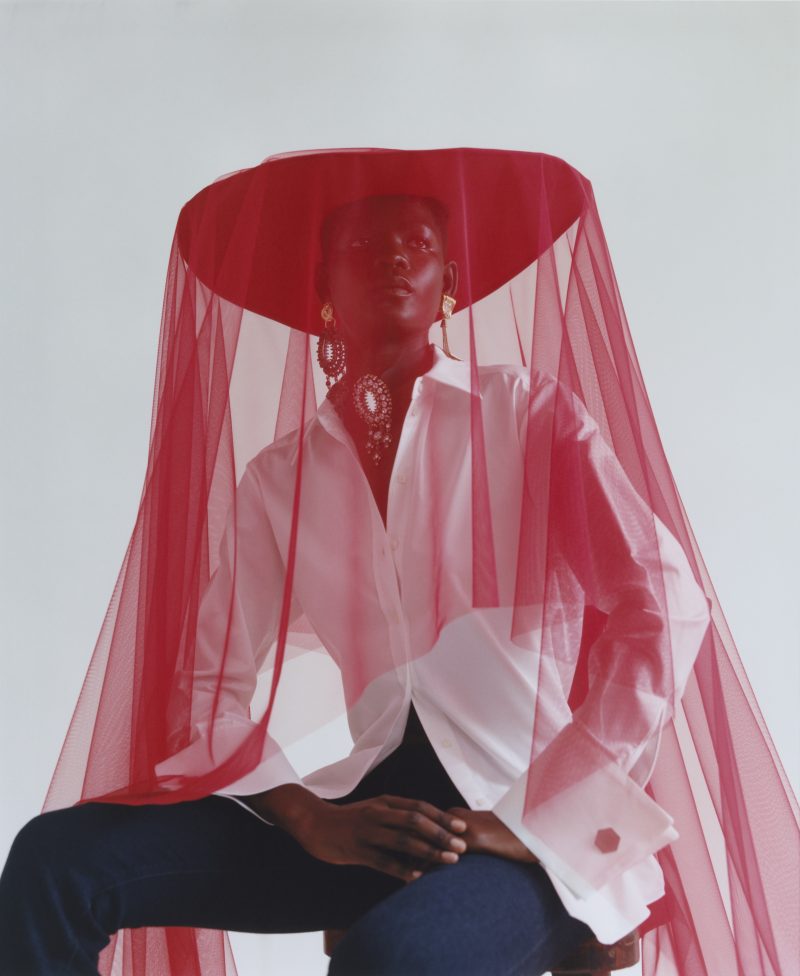 OSMAN. Resort 17 collection, photographer Harry Carr
OSMAN. Resort 17 collection, photographer Harry Carr
The same political, yet gentle, approach was adopted by Polly Apfelbaum, ‘the most instagrammable exhibition at IKON’, as Jonathan Watkins defined it! The gallery was filled with rainbows with art ranging from folkrore, high art, craft… but with such a strong connection to modernism. Apfelbaum defined herself as a feminist, and one concerned with queer theory.- She’s also very involved Pop culture and imagery. She called her exhibition Waiting for the ufos, that is also the title of a Graham Parker’s song. The director recounted of how he ‘went out and found him, asking to perform the song at the gallery. And so he came, staging a set of new songs and also Waiting for the ufos. I must say this brought the tears to Polly’s eyes.’
 Polly Apfelbaum, Waiting for the UFOs (a space set between a landscape and a bunch of flowers), 2018, Ikon. Courtesy the artist, Ikon and Frith Street Gallery. Photo by Stuart Whipps.
Polly Apfelbaum, Waiting for the UFOs (a space set between a landscape and a bunch of flowers), 2018, Ikon. Courtesy the artist, Ikon and Frith Street Gallery. Photo by Stuart Whipps.
In one week, Ikon is presenting Haroon Mirza’s most comprehensive exhibition in the UK to date. (reality is somehow what we expect it to be, 30 November 2018 — 24 February 2019). It features both incredibly early works and the more mature ones. It includes moving imagery, sculptural installation and electronic sound. The early works were mainly ready made furniture, thing that he found randomly. Mirza’s very interested in cultural appropriation, counterfaiting, and is researching with what Louis Vuitton is doing. As he went along his work got more abstract. At the 2011 Venice Biennale there was his installation in The National Apavilion of Then and Now. It was simultaneously an architectural structure, and an abstract extreme. In the anechoic chamber in which neither light nor sound is reflected, you couldn’t see anything, hear anything. Then, after a period of total darkness, all of a sudden, white LED lights shaped as a a halo got increasingly bright, accompanied by a crescendo of an electronic buzzing sound, to finally abruptly stop, plunging the room back into darkness.
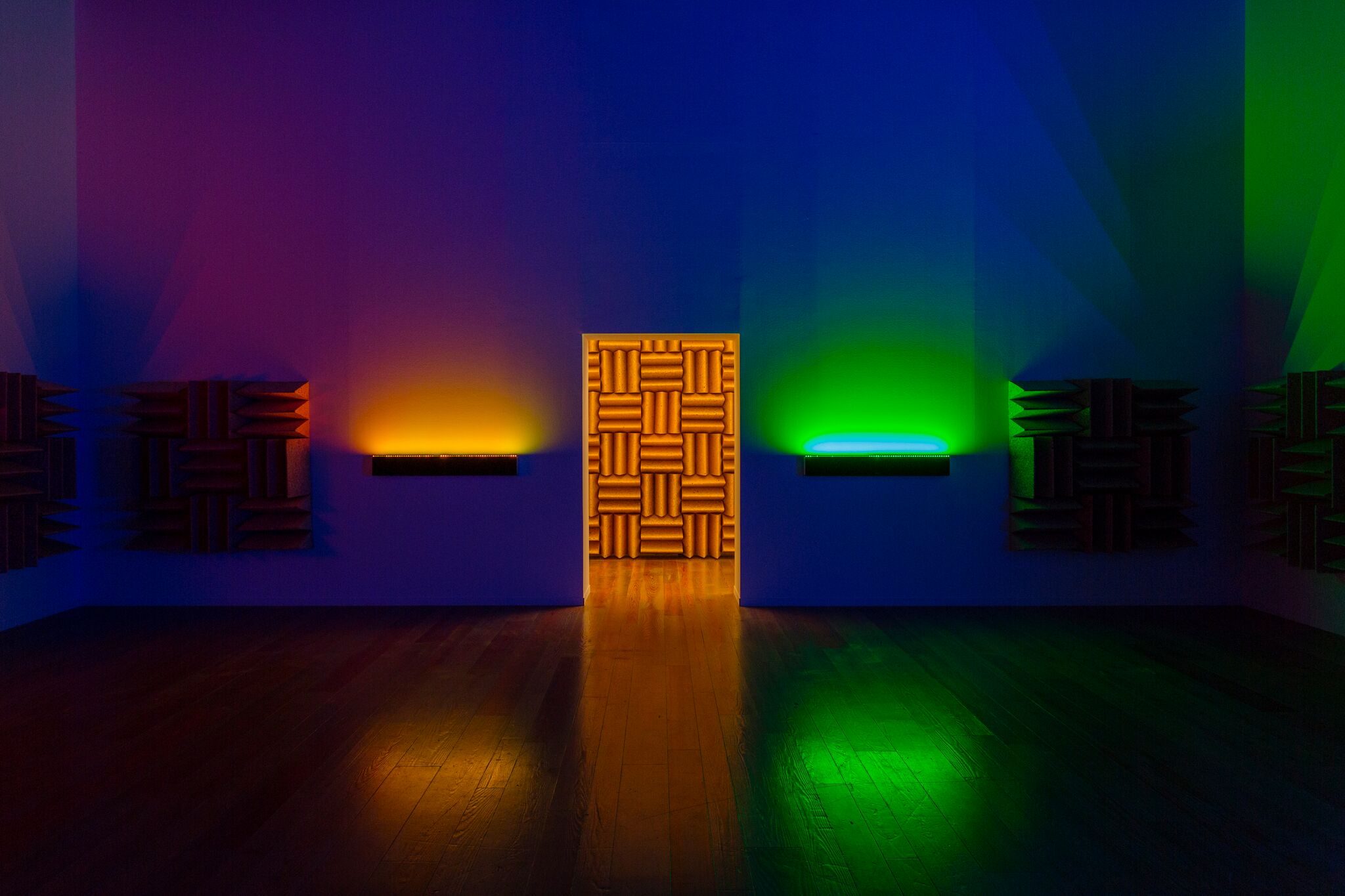 Haroon Mirza, A Chamber for Horwitz (detail), 2015
Haroon Mirza, A Chamber for Horwitz (detail), 2015
Next, Ikon will have a survey of Hew Locke: Here’s the Thing (8 March — 2 June 2019). It will put more emphasis on recent works. The show will focus on the strong reference to cultural background. It will include a wide range of media – painting, drawing, photography, sculpture and installation – making extensive use of collage and found objects. The artists has always been keen on unveiling the languages of colonial and post-colonial power, and the symbols through which different cultures assume and assert identity. He voluntary appropriates coats-of-arms and trophies, or the costumes and regalia of state in a subtle critique of governmental authority, its iconographies and legacies. His ability to fuse historical sources with his own political concerns, either through juxtaposition or the modification of existing artefacts, leads to smart amalgamations of history and modernity.
The summer will be crowned by The Aerodrome, an exhibition dedicated to the memory of Michael Stanley. It will commemorate the gallery long-time curator, who died tragically in 2012. Co-curated with David Austen and George Shaw and structured loosely on Rex Warner’s war-time novel The Aerodrome (1941), a book that made a great impression on Stanley, it includes many of the artists he worked with. This means more than 50 artists, including names such as Jannis Kounellis, Michael Craig Martin, and many more.
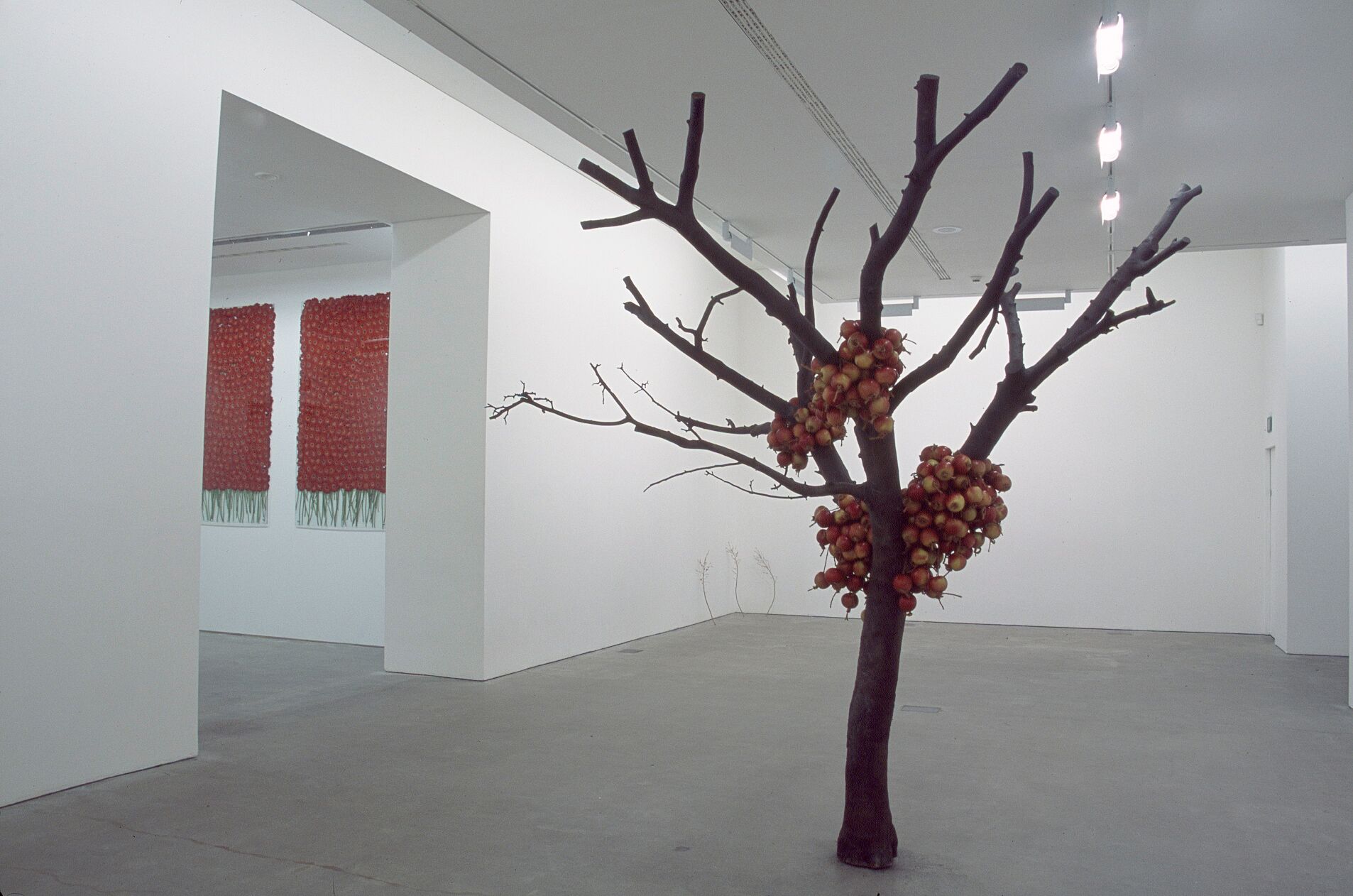 Anya Gallaccio, Installation view (2003), Ikon Gallery
Anya Gallaccio, Installation view (2003), Ikon Gallery
All the exhibition will have a common strand linking them– they will feature artists that, either on a tangent or on a direct line, lived, work, loved Birmingham.
Ikon, 1 Oozells Square, Brindleyplace, Birmingham, B1 2HS ikon-gallery.org
